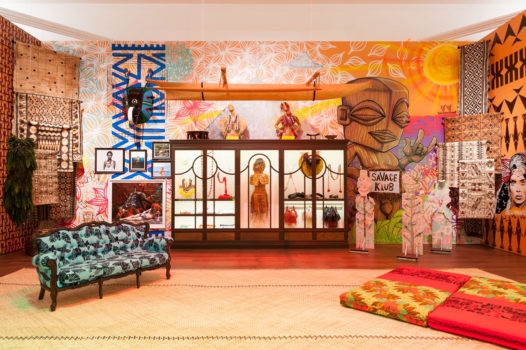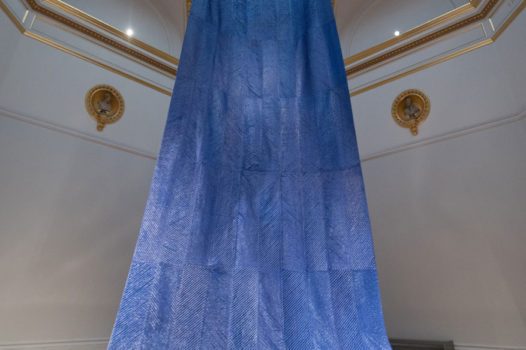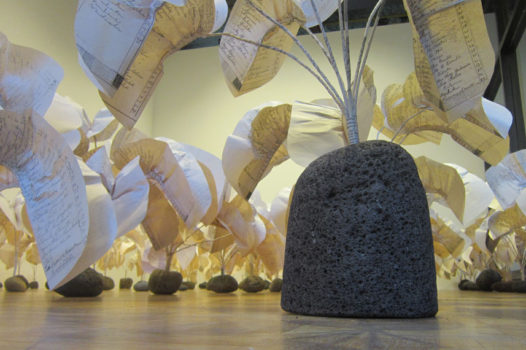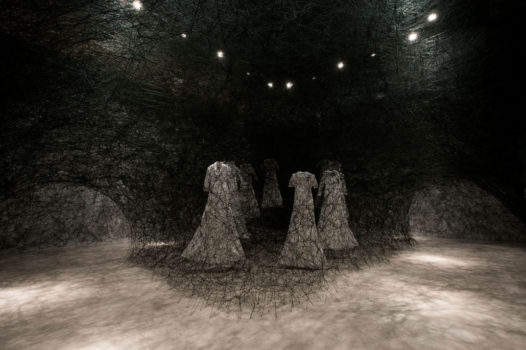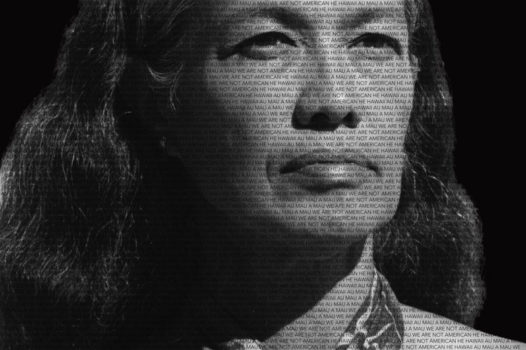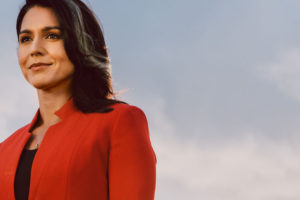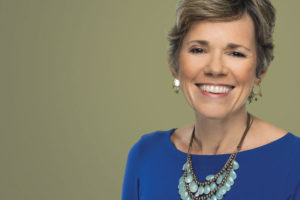Only the second major exhibition series in the world to focus on the contemporary art practices of the Pacific, the Honolulu Biennial is a forum for artists, cultural practitioners and the community at large to contribute to local and global dialogues on history, culture and identity. Expanding its scope to include artists from Papua New Guinea, Taiwan, the Pacific Northwest, Mexico and Central America, the biennial event showcased the work of some 50 artists and artist collectives from around the world, with public exhibitions and pop-up events at nearly a dozen locations throughout the months of March and April.
Following two years of arranging, the Minneapolis Schools started a one of a kind Urban Arts Program during 1970-71, subsidized under Title III of the Elementary Secondary Education Act. Urban Arts is an art school without dividers for junior and senior secondary school understudies who leave their self-teaches part of consistently during school hours to contemplate with expert artists where the artists work. The participating arts organizations give the learning conditions, the artist-educators, and the instructional plan of the courses. An aggregate of 626 understudies speaking to pretty much every social, monetary, ethnic, and instructive foundation in the city selected for courses during the school year; another 327 took summer school courses. The Bryant School Museum Program included 600 understudies. Understudies selected 13 classes offered during the school year; nine throughout the late spring project. Classes were ungraded and understudies gotten no evaluations yet got credit for effective finish of courses. Classes were educated by 32 artist-instructors. By and large, they were gifted and youthful not-yet-perceived artists, in spite of the fact that there were special cases.
In the mean time, the Minneapolis Schools previously had started collaborating with neighborhood arts offices. Both Walker Art Center and Guthrie Theater had to
Get More Info about samedaypapers.com essay writers and their paper work to set up understudy programs for secondary teachers. While on school task) educators spent a semester/season “on area” at Walker or Guthrie.
Their assignments were to gain from the expert artists and to make programs for understudies at the two organizations. Because of some energizing summer projects developed in 1969 and 1970 from Walker) Guthrie and the Children Theater Company.
John Donahue was one of the specialists in on the underlying arranging. He wasn’t substance to give the possibility of an art opportunity a chance to program drop. So in the fall of 1969, he started a theater workshop for Minneapolis Schools’ understudies at Children’s Theater Company cost. Understudies went to classes during standard school hours and got credit. Twenty-six junior and senior high understudies took on the workshop throughout the fall 1969 semester. Enlistment was expanded to 40 understudies the subsequent semester and the Minneapolis Schools started supporting the program on a match-award half-cost premise out of staff improvement reserves.
This year’s theme, To Make Wrong / Right / Now, was inspired by “Manifesto,” a poem by Native Hawaiian artist and poet Imaikalani Kalahele: “The source / of / my origins / lie beneath my feet, / the breath / in my chest / originated / in Po– / the destiny / of my race / is / plunged into / my gut / and / infesting / my veins / with a new nationalism, / old spiritualism, / and a need / to make wrong / right / now.”

